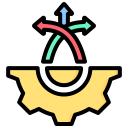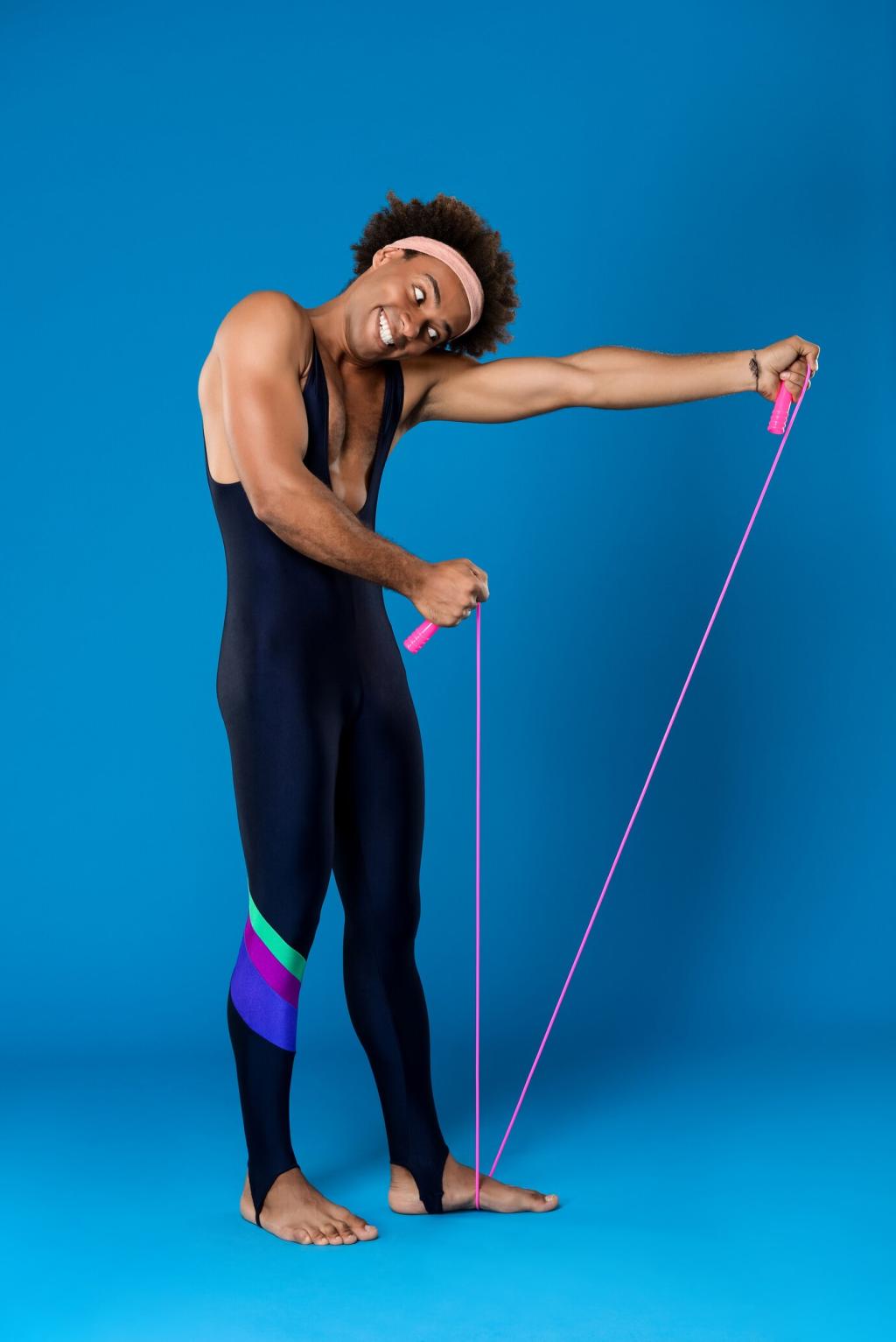
Dynamic Movement in Power Yoga: Ride the Breath, Ignite the Body
Chosen theme: Dynamic Movement in Power Yoga. Welcome to a home base for breath-led flow, athletic grace, and mindful fire. Explore how intelligent, continuous transitions build strength, mobility, and focus—on the mat and in everyday life. Subscribe for weekly flows, personal stories, and practical tips, and share your questions so we can shape future practices together.
The Flow Principle: Why Dynamic Movement Matters
Each inhale and exhale becomes a metronome for your practice, setting the pace for moving from plank to chaturanga to upward-facing dog and back to downward-facing dog. When breath leads, joints track better, tension disperses intelligently, and effort feels purposeful rather than forced.
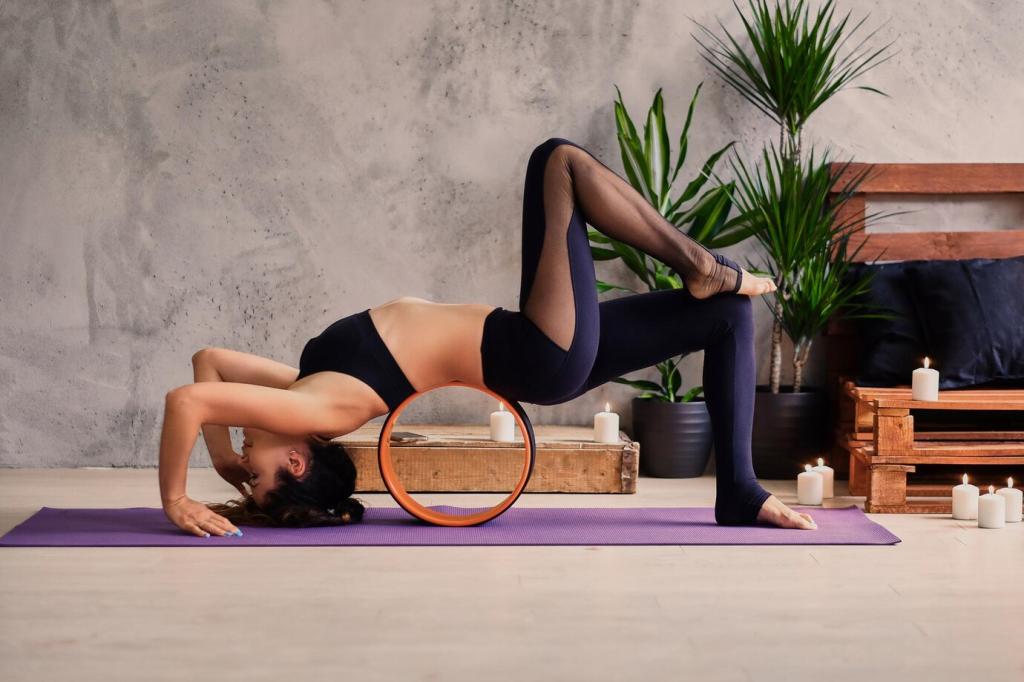
Designing a Safe, Dynamic Sequence
Begin with rhythmic cat-cow, spinal rolls, and dynamic low lunges to wake hips, shoulders, and core. Gentle pulses and elastic stretches prepare fascia for load, letting you enter sun salutations with fluid joints and a clear sense of breath-led timing and intention.
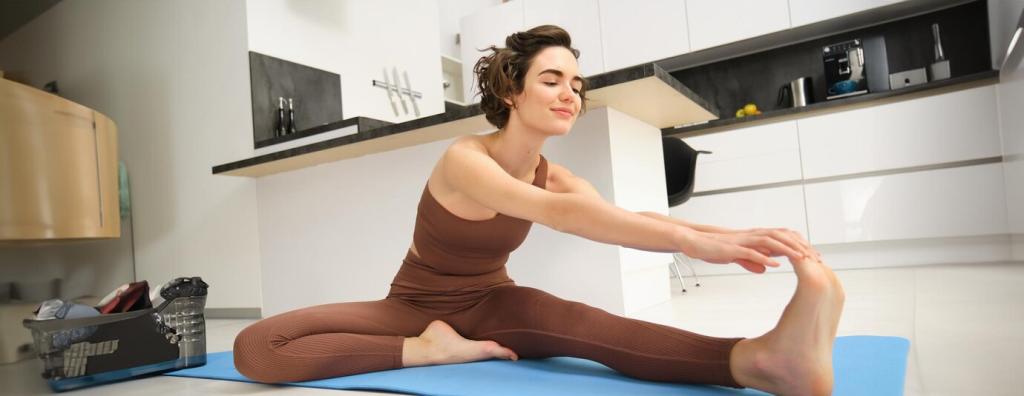
A Story of Momentum: From Hesitation to Flow
First Class, Fast Heart
My first power yoga class felt like traffic at rush hour—mats squeaked, sweat stung, and I could barely coordinate breath with chaturanga. The teacher whispered, “Ride your breath, not the beat,” and something softened. I slowed, and suddenly the room stopped racing me.
Finding the Turning Point
After two weeks, stepping back to plank became one smooth exhale, and upward dog grew lighter. Dynamic sequences started to feel like dancing with gravity rather than fighting it. Strength arrived quietly, showing up as steadier wrists, kinder shoulders, and braver transitions.
Flow Off the Mat
That steadiness slipped into my mornings and meetings. I handled delays with the same breath I used for warrior flows. If you’ve felt this shift—or you’re looking for it—comment with your favorite transition and subscribe for sequences that deepen your personal momentum.
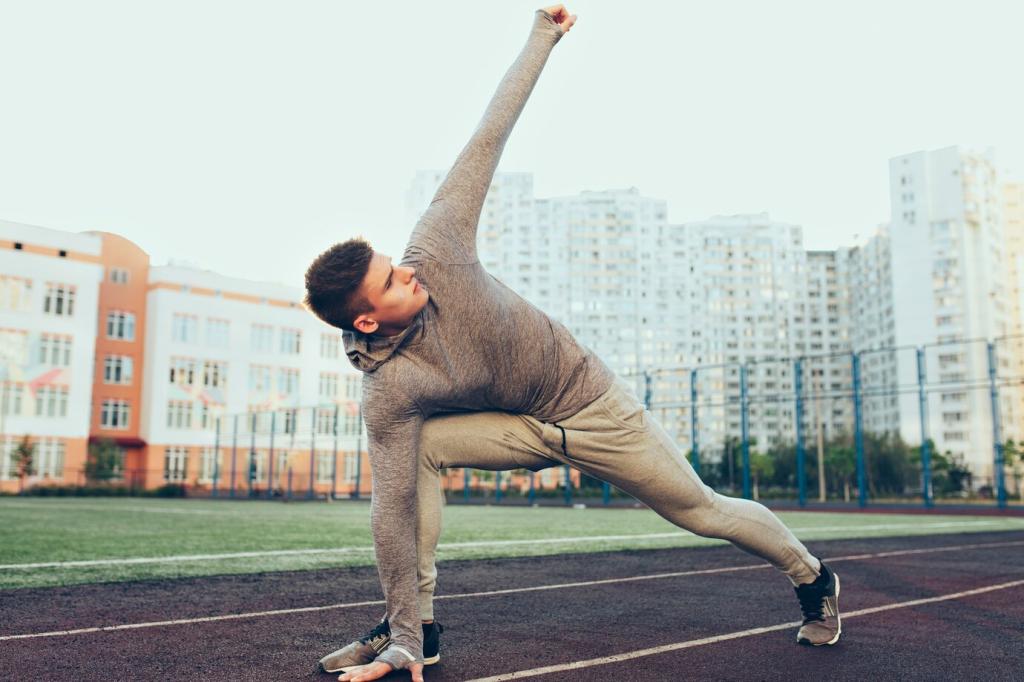
Chaturanga to Up Dog to Down Dog
Keep elbows hugging in, shoulders slightly forward of wrists, and core connected as you lower. Press the tops of feet to float the heart through to upward dog, then lift the hips skyward with even hands for downward dog. Let breath pace everything, never momentum alone.
Step or Float Back with Integrity
From a forward fold, root through your hands, lift low belly, and widen collarbones. Whether stepping or floating to chaturanga, prioritize a quiet landing and aligned shoulders. The soft sound of arrival is a sign of control, presence, and sustainable dynamic practice.
Revolved Crescent Transitions
Enter crescent, lengthen spine on inhale, and twist on exhale while keeping back-leg power. Flow between revolved crescent and lunge pulses, letting your breath wring out tension. This teaches rotational control, creating a strong core that moves precisely and protects your spine.
Common Pitfalls in Dynamic Power Yoga—and How to Fix Them
If you find yourself gasping, slow down and let one breath span more time. Try two breaths per pose for a few rounds, reestablishing rhythm. Once your breath leads again, transitions feel safer, stronger, and surprisingly more athletic despite the reduced speed.
Collapsing shoulders strain wrists and neck. Use knees-down chaturanga, blocks under ribs, or pause in plank to rebuild control. Aim for elbow-to-rib contact and broad upper back, keeping the neck long. Quality reps now create sustainable, dynamic strength later.
Dynamic does not mean careless. Spin the back heel with intention, step wide enough for stability, and align knees over toes. Clear foot placement preserves knees and hips, turning your flow from hurried choreography into precise, powerful movement you can trust.
Programming Your Week for Dynamic Movement
Wave Loading Your Week
Alternate high-intensity flows with moderate, technique-focused days. A simple rhythm could be strong vinyasa, mobility-focused flow, rest or yin, then repeat. This wave builds capacity without burnout, allowing dynamic transitions to mature with patience and curiosity.
Cross-Training That Supports Flow
Complement dynamic yoga with pull and hinge strength, light cardio, and ankle-hip mobility drills. Strong posterior chains and elastic calves make jumping and stepping quieter, safer, and more efficient. Share your favorite cross-training combo and we’ll craft a community guide.
Recovery Rituals That Stick
Sleep enough, hydrate early, and enjoy balanced meals rich in colorful plants and protein. Gentle breathwork before bed can normalize stress and reinforce learning from dynamic sequences. Tell us what recovery habit helps you most, and subscribe for our monthly reset checklist.
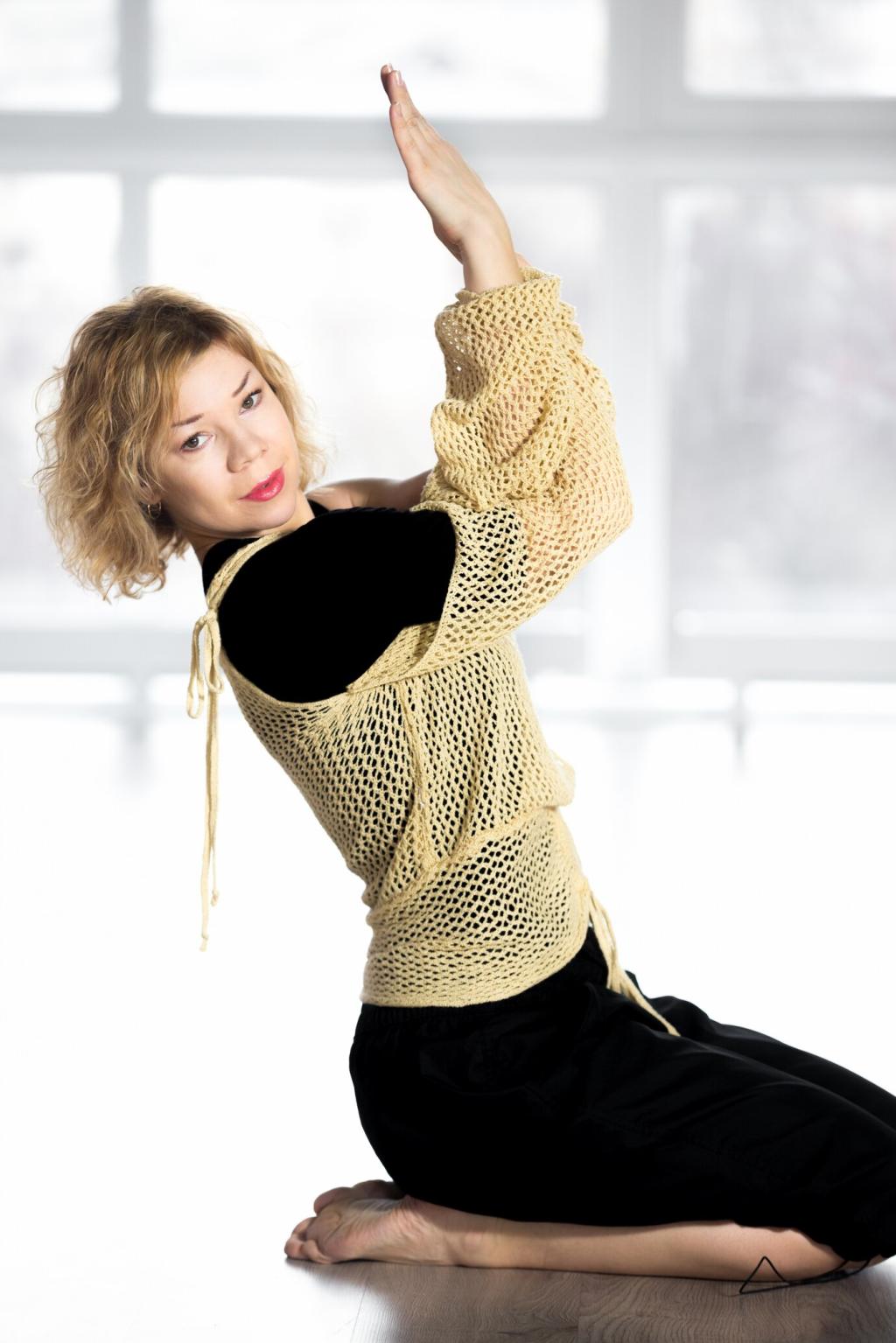
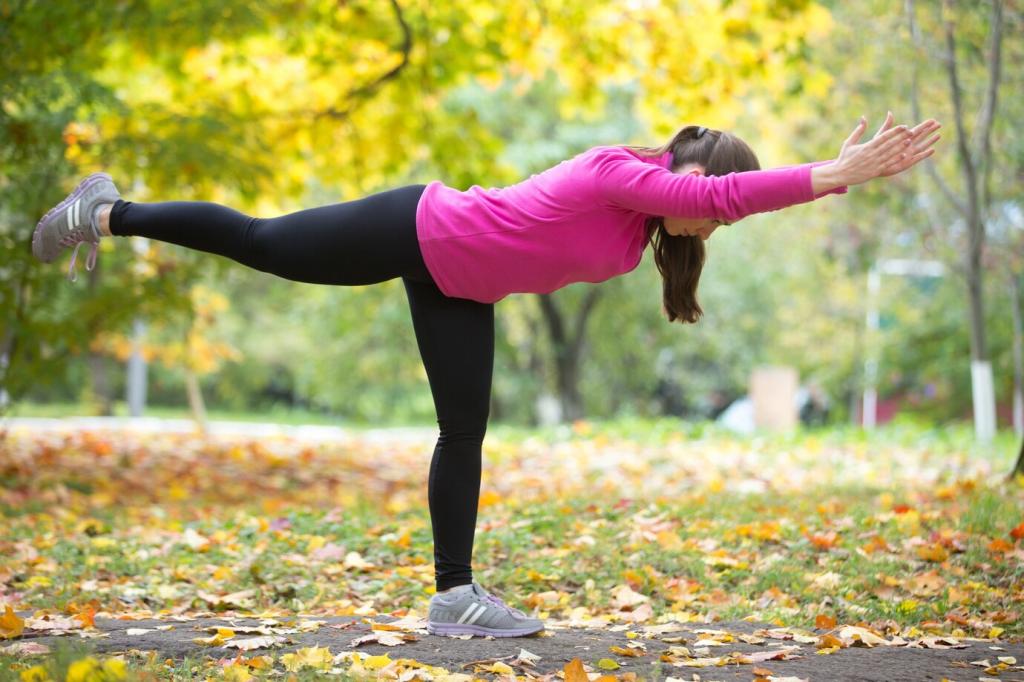
Build Your Personal Dynamic Flow
Pick a focus like hip-opening transitions, backline strength, or balance under fatigue. Design a short flow around it and repeat weekly, noticing smoother pathways. Share your chosen theme in the comments so we can suggest refinements tailored to your movement story.
Build Your Personal Dynamic Flow
Track breath steadiness, smooth landings, and post-practice energy. Optionally log heart rate, perceived exertion, or breath counts per sequence. Data and intuition together reveal honest growth, making dynamic movement both measurable and deeply personal over time.
